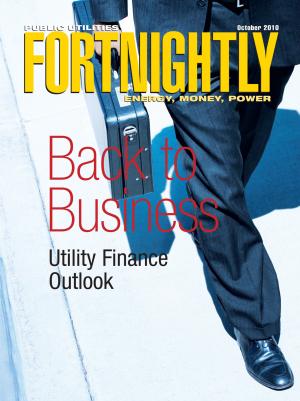Which path leads to the smart grid?
Bruce W. Radford is publisher of Public Utilities Fortnightly.
A new debate has emerged in electric utility regulation, with battle lines drawn within FERC itself. The debate began innocently enough, back in March, with FERC seeking ways to bring more demand response (DR) into wholesale power markets. The commission chose an incentive approach of paying the market-clearing energy price to successful DR bidders, on the theory that DR represents the virtual equivalent of generation supply. (See Notice of Proposed Rulemaking, FERC Docket RM10-17, March 18, 2010.)

But like all good theories, this idea only begged more questions. The discussion soon became more far-reaching. What’s at stake is nothing less than the future of the smart grid: AMI, appliance manufacturing, metering software, and even retail rate design.
The issue now is whether to build the smart grid on DR programs, or on consumer behavior. Should FERC focus at the wholesale level, where RTOs and market inroads have won grudging acceptance, or should policy makers now take another stab at pushing market ideas on the state-level retail sector, where such attempts so far have met with skepticism (among utilities), reluctance (among politicians), and backlash (from ratepayers).
